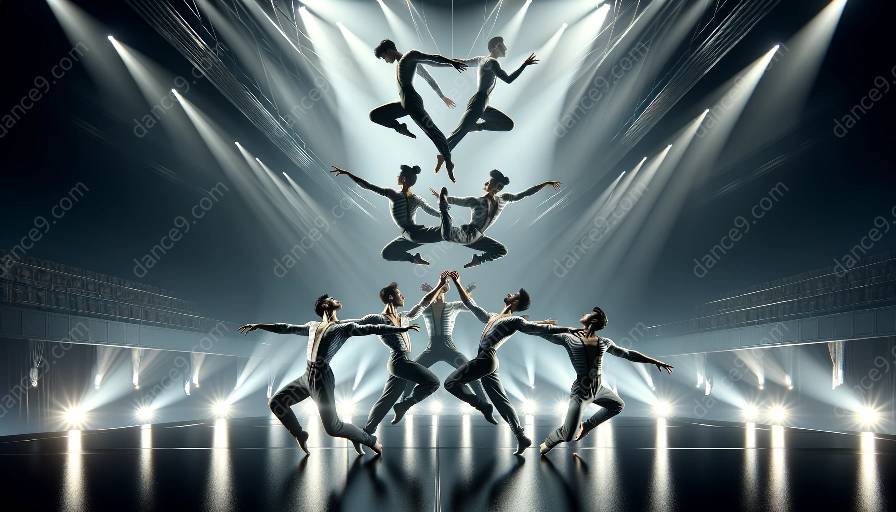Acrobatic and dance performance techniques and practices encompass a wide array of skills and disciplines that contribute to stunning performances. In this guide, we will delve into the intricacies of acrobatic and dance performance, providing valuable insights for individuals interested in honing their skills in these areas. From balancing and coordination to expressive movements and choreography, there is much to explore in the realm of acrobatic and dance performance.
The Art of Acrobatics
Acrobatics is a performance art involving agility, balance, and coordination. It encompasses a variety of skills including tumbling, balancing, and aerial maneuvers. These techniques are often incorporated into dance performances to add an element of excitement and dynamism. Some common acrobatic techniques include:
- Tumbling: This involves a series of acrobatic movements such as flips, twists, and somersaults, often performed on a mat or cushioned surface.
- Balancing: Acrobats demonstrate impressive feats of balance, often utilizing objects such as poles, balls, or other performers.
- Aerial maneuvers: This includes movements performed in the air, such as aerial silks, trapeze, and other aerial apparatuses.
The Beauty of Dance Performance
Dance performance is a captivating art form that combines expressive movements, storytelling, and choreography. It encompasses various styles, including contemporary, ballet, jazz, hip-hop, and more. Dance performances often showcase the versatility and creativity of performers, captivating audiences with their grace and skill. Some key elements of dance performance techniques and practices include:
- Expressive movements: Dancers use their bodies to convey emotions, tell stories, and evoke powerful responses from audiences.
- Choreography: This involves the creation and arrangement of dance movements to form a cohesive and compelling performance.
- Musicality: The ability to interpret and synchronize movements with music is a crucial aspect of dance performance.
Building Skills in Acrobatics and Dance Performance
To excel in the realm of acrobatics and dance performance, individuals must develop a range of physical and technical skills. This often involves dedicated training, practice, and mentorship from experienced professionals. Here are some tips for enhancing acrobatic and dance skills:
- Strength and flexibility training: Acrobatics and dance require strength, agility, and flexibility. Engaging in regular strength and flexibility training can significantly improve performance capabilities.
- Technique refinement: Practicing fundamental acrobatic and dance techniques is essential for building a strong foundation and mastering advanced movements.
- Performance presence: Developing stage presence and confidence is crucial for captivating audiences and delivering memorable performances.
Exploring Opportunities in Dance Classes
Participating in dance classes can be a transformative experience for individuals looking to enhance their acrobatic and dance performance skills. Whether beginners or seasoned performers, dance classes offer a supportive environment for learning, growth, and creative expression. Some benefits of enrolling in dance classes include:
- Skill development: Dance classes provide structured guidance and training to help individuals improve their technique, creativity, and performance capabilities.
- Community and collaboration: Engaging with fellow dancers and instructors fosters a sense of community and collaboration, providing opportunities for networking and mutual support.
- Personal growth: Participating in dance classes can lead to personal growth, increased self-confidence, and a greater appreciation for the art of dance performance.
Acrobatic and dance performance techniques and practices offer a wealth of opportunities for individuals to explore and cultivate their skills. By delving into the intricacies of acrobatics and dance, individuals can unlock their creative potential and embark on a transformative journey of self-expression and artistry.













































































